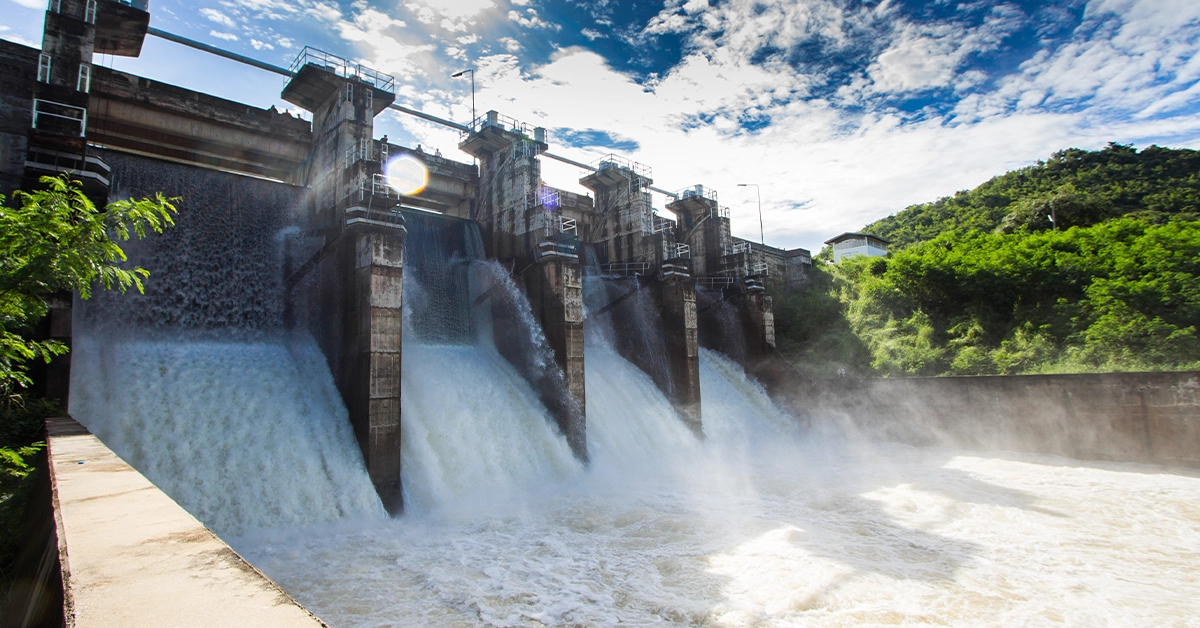Hydro energy plays a pivotal role in Canada’s evolving energy landscape. The country has long depended on vast water resources to generate clean power, and recent initiatives aim to expand this capacity further. Advances in technology and government incentives have accelerated new project developments across multiple provinces. Moreover, environmental assessments now ensure projects align with sustainability goals and protect local ecosystems. This transition supports Canada’s commitment to reduce greenhouse gas emissions and promote renewable sources. As global demand for clean electricity rises, Canada’s efforts highlight the strategic importance of harnessing water power for a resilient and low-carbon future.
Hydro Energy Expansion Drives Regional Development
Several regions have witnessed significant investments in hydro infrastructure. These developments generate not only electricity but also employment opportunities for local communities. Northern and remote areas especially benefit from increased access to reliable power, which fuels economic growth and improves quality of life. Furthermore, integrating modern turbines and smart grid technology enhances efficiency, reducing operational costs. These upgrades contribute to the overall stability of Canada’s electrical network, accommodating fluctuating demand and intermittent renewable sources.
Governments have also prioritized partnerships with Indigenous groups, ensuring projects respect traditional lands and cultural values. Such cooperation promotes inclusive decision-making and fosters mutual benefits. Additionally, regulatory bodies enforce stringent environmental standards to minimize impacts on aquatic wildlife and water quality. Despite the complexities, the growing hydro sector remains a cornerstone of Canada’s clean energy strategy.
Innovations in Hydro Energy Boost Sustainability
Ongoing research focuses on making water-based power generation more adaptable and eco-friendly. New designs target reduced fish mortality rates and improved reservoir management. For instance, fish-friendly turbines and advanced monitoring systems help maintain biodiversity while optimizing energy output. Meanwhile, pumped storage facilities serve as vital tools for balancing supply and demand, storing excess energy during low consumption periods and releasing it during peaks.
Canadian universities and industry players collaborate on pilot programs testing floating solar panels atop reservoirs, combining solar and hydro technologies. This hybrid approach maximizes land use and increases renewable energy production without additional environmental footprints. Moreover, data-driven maintenance schedules extend the lifespan of hydro plants, reducing the need for costly replacements.
In conclusion, Canada’s transition embraces innovation and sustainability, reinforcing its position as a global leader in renewable energy.
